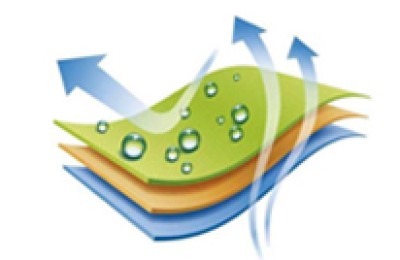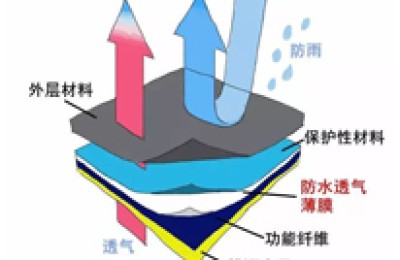Currently, the global textile industry’s investment focus is turning to African regions where labor prices are cheaper, among which Ethiopia stands out. According to statistics from the Ethiopian Textile Industry Association, in the first six months of the 2013-2014 fiscal year (starting July 2013), Ethiopia exported US$60 million in textiles and clothing, a year-on-year increase of US$15 million. It can be seen that the Egyptian textile and clothing industry is experiencing explosive growth.
As far as I know, large-scale textile companies have visited Egypt for on-site inspections. They believe that Ethiopia is rich in natural resources, has abundant labor at low prices, has a stable political situation, good social security, and has preferential treatment for investment in the textile industry; the disadvantage is that Ethiopia’s current economic development is relatively backward, its industrial supporting capabilities are weak, its trade field has not yet been opened to the outside world, and its foreign exchange is also controlled. However, the Ethiopian government is gradually trying to open up, and its future development is promising; overall, it can consider investing in the construction of spinning and garment factories. wait. As my country’s important partner in Africa, Ethiopia may become the next investment hotspot in China’s textile industry.




